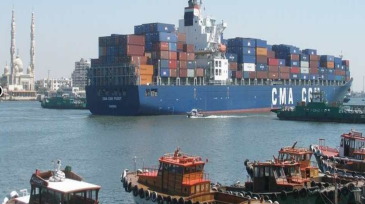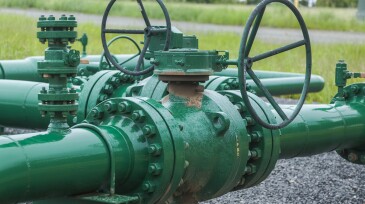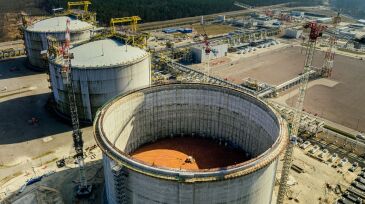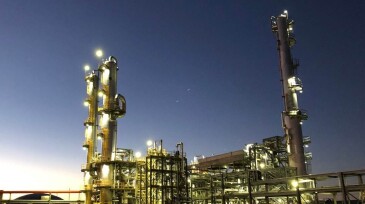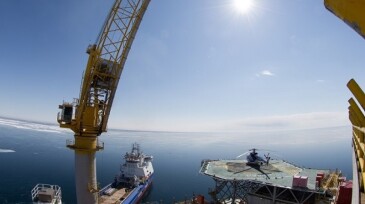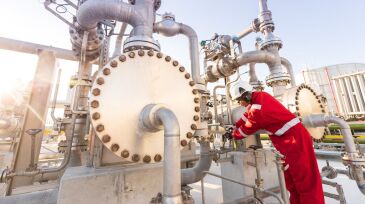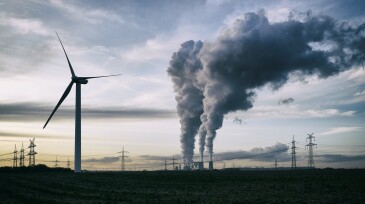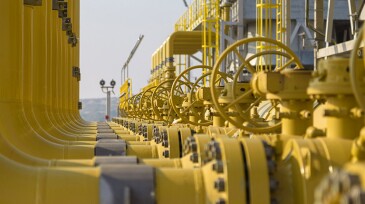Risk management
The authors state that issues faced by the Gorgon carbon capture and storage project primarily relate to risk and pressure management of the produced water from the Dupuy formation rather than from capture, transport, injection, and storage technologies.
Data and impartial viewpoints can help de-risk exploration portfolios and keep resource estimates in check.
The US and UK sanctioned Russian independent Lukoil International and state-owned Rosneft in a bid to pressure Russia over Ukraine.
-
Tanker transit statistics via the Suez Canal broke historic records in April as Europe sought to import more crude oil and LNG from the Arab Gulf to replace traditional supplies from Russia.
-
A new gas-gathering rule that has been issued by the US Department of Transportation's Pipeline and Hazardous Materials Safety Administration will soon expand oversight to all onshore gas-gathering pipelines, including about 425,000 miles of lines that had not previously been documented in annual reporting.
-
Sempra Infrastructure and Poland’s state-owned PGNiG oil and gas company have signed a deal that is expected to result in the export of 3 mtpa of LNG to Poland from Louisiana and Texas.
-
What effect is ESG having on companies involved in the chemical supply chain, and how will they look going forward?
-
ExxonMobil has declared force majeure on its Sakhalin-1 operations in the Russian Far East as risk-averse shippers fearing sanctions refuse to transport Sakhalin crude and production starts to fall.
-
As Europe’s second-largest LNG hub after Spain, the UK promises to play a near-term role as an “energy bridge” to ease the EU’s dependence on Russian energy, given that the UK can ship regasified product directly to the continent via subsea pipeline.
-
The surge in oil and gas prices has reminded Europeans that they still need hydrocarbons and reminds them why they want to replace them.
-
What may have been a sense of uneasy security in countries around the world that relied on imported oil and gas has been shaken off. Russia’s invasion of Ukraine, and its role in supplying natural gas to the EU, highlights just how quickly the sourcing of fuel can or must change.
-
A transatlantic task force will be formed to oversee the EU’s goal of reducing Europe’s dependence on Russian fossil fuels and strengthen European energy security.
-
Regarding the long-term risks to our industry and a decreasing role of oil and gas in the energy transition in the future, I see an opportunity for companies to expand into new business segments and our members into new career opportunities.




